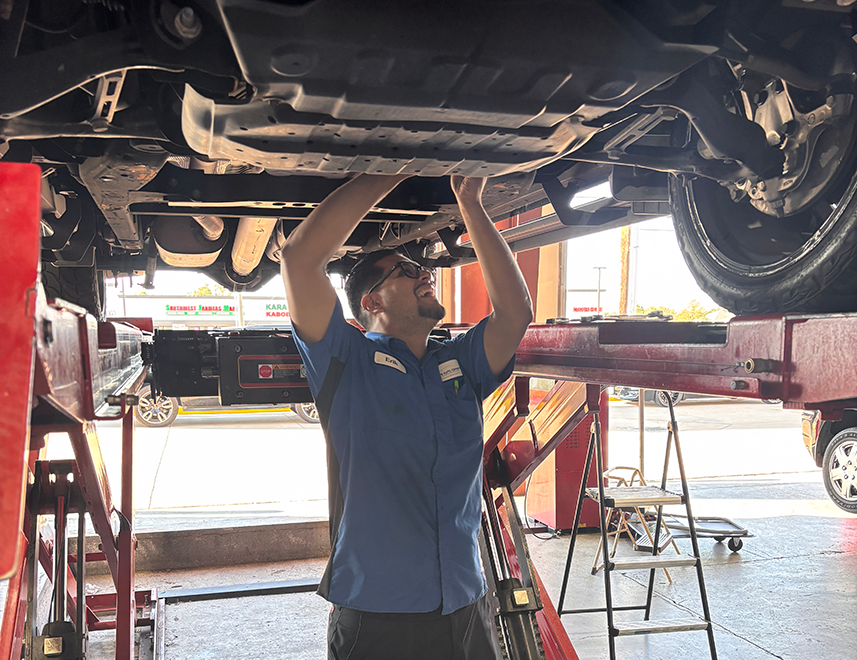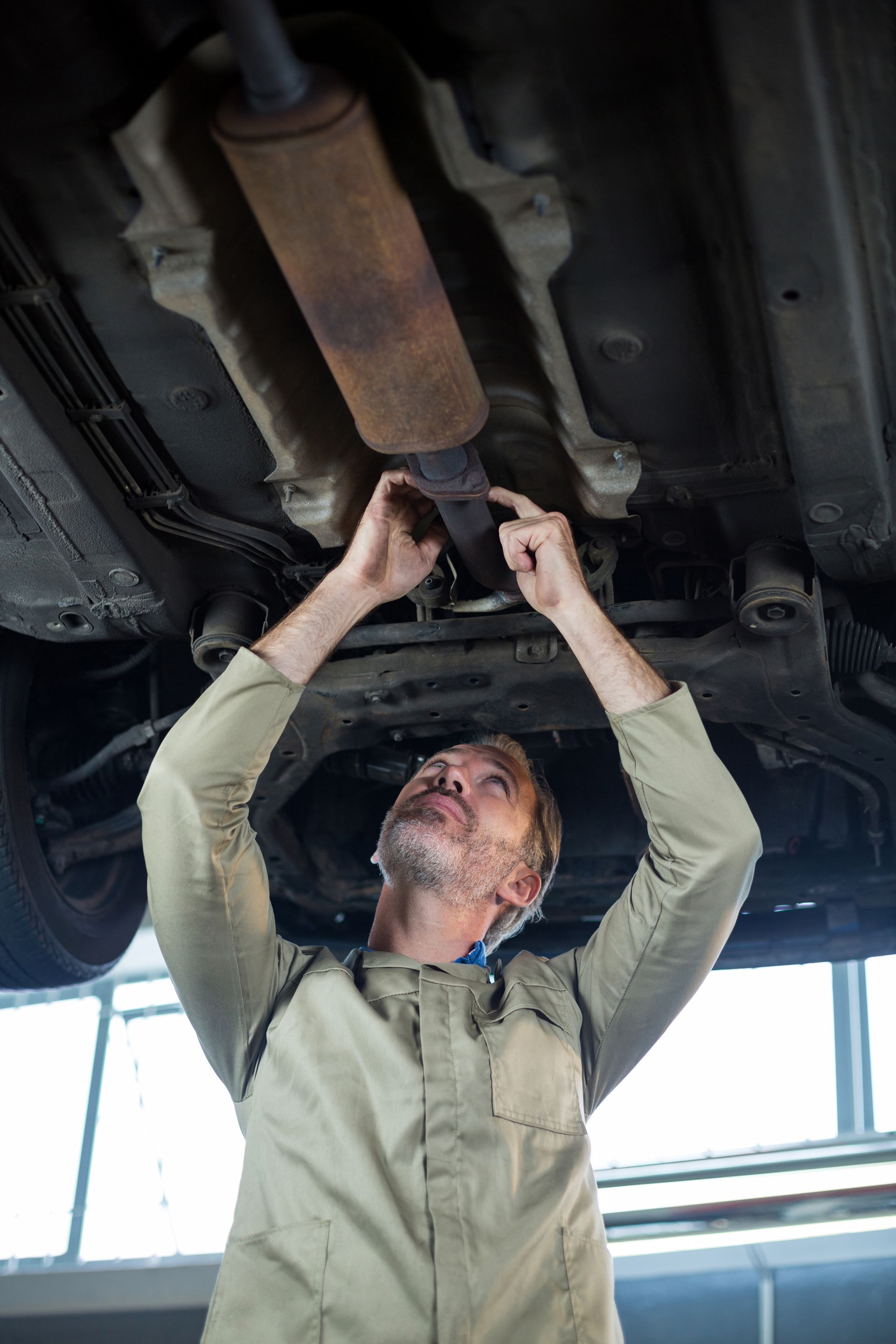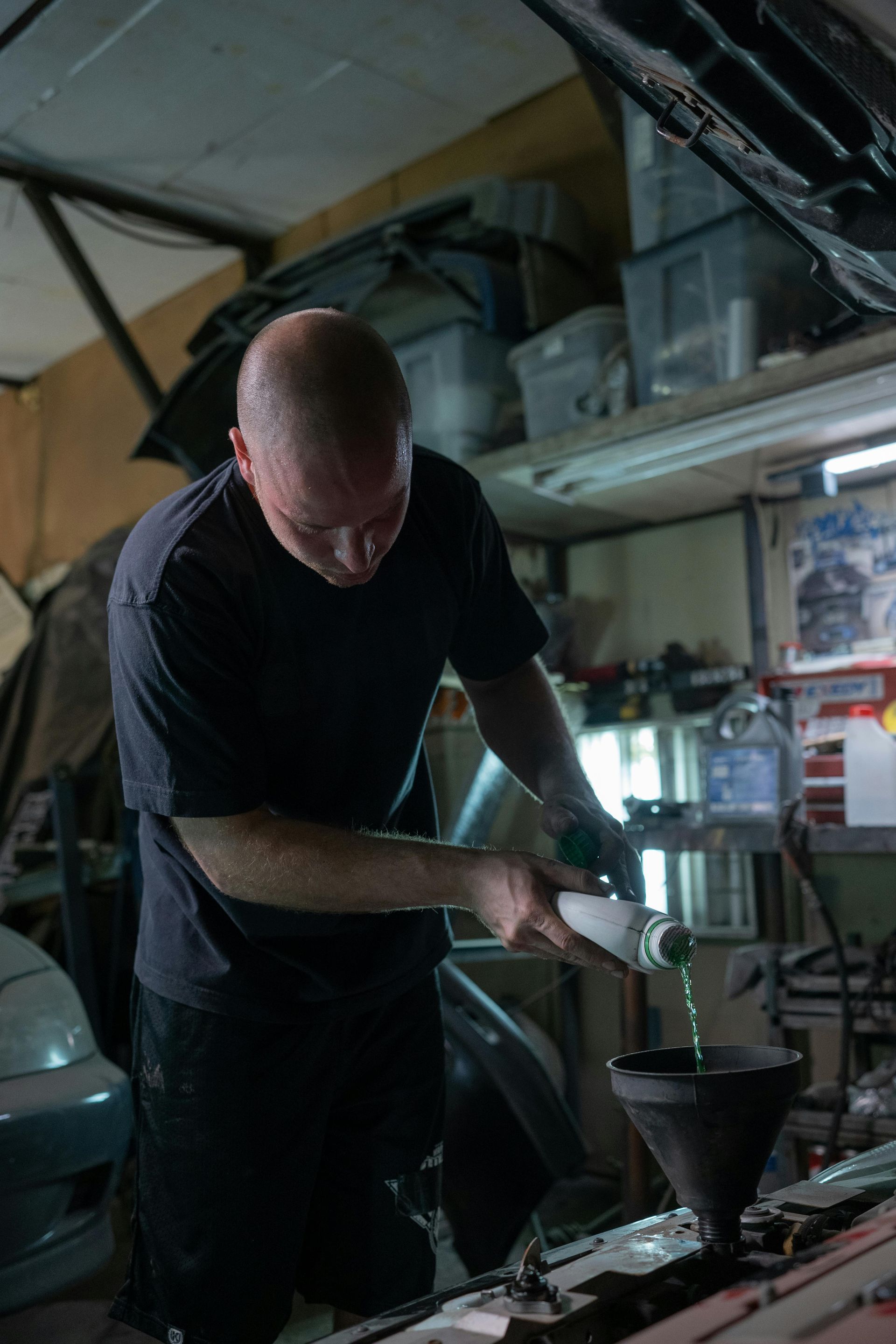Wheel alignment is crucial for vehicle performance, safety, and tire longevity. Over time, factors such as potholes, curbs, and regular driving wear can throw off your car’s alignment. After getting your vehicle aligned, mechanics will typically provide a wheel alignment report. But what do all those numbers and graphs mean?
Understanding how to read a wheel alignment report can help you grasp how well your car is aligned and spot potential issues before they lead to bigger problems. In this guide, we’ll break down the key elements of a wheel alignment report, so you’ll know exactly what to look for the next time you visit your auto shop.

What Is a Wheel Alignment?
Before diving into the details of the report, it’s important to understand what a wheel alignment is. Wheel alignment refers to adjusting the angles of the wheels so they match the manufacturer’s specifications. Proper alignment ensures that your car drives straight and your tires wear evenly. Three key measurements are adjusted during an alignment: camber, caster, and toe.
Each of these measurements affects how your car handles on the road:
- Camber refers to the angle of the wheels when viewed from the front of the car. Too much positive or negative camber can cause tire wear and handling issues.
- Caster is the angle of the steering axis when viewed from the side of the car. It affects the car’s steering, stability, and cornering.
- Toe refers to the direction in which the wheels point in relation to each other. Proper toe alignment ensures that the wheels point straight ahead, minimizing tire wear.
Now, let’s look at how these measurements are represented on a typical wheel alignment report.
Key Sections of a Wheel Alignment Report
A wheel alignment report may look overwhelming at first, with multiple columns, rows, and numbers, but it’s fairly simple once you know what to look for. Most reports include the following sections:
- Vehicle Information This section typically includes the make, model, and year of the vehicle, along with other identifying details. The report may also include the specifications from the manufacturer to which your vehicle’s wheels should be aligned.
- Before and After Readings Wheel alignment reports often present both the "before" and "after" measurements, showing how much adjustment was necessary to bring your car back to proper alignment. You’ll find these readings broken down into the three primary angles: camber, caster, and toe.
- Measurement Units Alignment reports will display measurements in either degrees or millimeters. Degrees are more common because they provide a precise reading of the angles. Millimeters might be used to show the total toe adjustment, which indicates how far the tires were off from each other.
- Alignment Specifications (Range) The manufacturer specifies an acceptable range for camber, caster, and toe for your particular vehicle. These ranges are often shown on the report, giving you an idea of where your vehicle should ideally fall. If any of your alignment measurements fall outside the range, it indicates a potential problem with handling or tire wear.
Breaking Down the Alignment Angles
Let’s examine each alignment angle in more detail to help you understand what the measurements mean.
Camber
Camber is the tilt of the wheel when viewed from the front of the vehicle.
- Positive camber: The top of the wheel leans outward. Too much positive camber causes uneven wear on the outside of the tire.
- Negative camber: The top of the wheel leans inward. Excessive negative camber wears out the inside of the tire.
Most vehicles have a slight negative camber because it improves handling. However, too much in either direction leads to uneven tire wear and can affect vehicle stability. The alignment report will show you both the current camber and the ideal range, which varies by vehicle.
Caster
Caster describes the tilt of the steering axis when viewed from the side. It doesn’t affect tire wear as much as camber or toe, but it plays a role in steering and vehicle stability.
- Positive caster: The steering axis tilts toward the driver. This generally improves stability and cornering.
- Negative caster: The steering axis tilts toward the front of the car. This can make the vehicle feel less stable and harder to steer.
Most vehicles are designed with positive caster for better control, especially at higher speeds. Your alignment report will show the degree of caster compared to the manufacturer’s specifications.
Toe
Toe refers to the direction in which the tires point relative to each other. Imagine looking at your tires from above: if the front of the tires point inward, it’s called toe-in; if they point outward, it’s called toe-out.
- Toe-in: Tires are slightly turned toward each other, which can cause wear on the outer edges of the tires.
- Toe-out: Tires are slightly turned away from each other, which can cause wear on the inner edges of the tires.
Toe adjustments are critical for tire longevity. Even a small misalignment can cause significant wear over time.
How to Spot Problems on Your Report
Once you have a basic understanding of the angles and how they affect your car, it’s easier to read the wheel alignment report. Here are a few things to keep in mind:
- Out of Range Measurements: If any of your alignment angles are outside the manufacturer’s range, it can cause handling issues and uneven tire wear. The mechanic should explain these issues and suggest the necessary adjustments.
- Tire Wear: If your tires are wearing unevenly (e.g., the inside edge is more worn than the outside), this could be a sign of improper camber or toe.
- Before and After Comparison: Compare the “before” and “after” measurements to see how much adjustment was required. If the changes are significant, it may indicate that your alignment was far off.
Reading and understanding your wheel alignment report is essential for keeping your vehicle in top condition. By knowing what the key measurements—camber, caster, and toe—mean, you can spot issues early and avoid costly repairs down the road. Regular wheel alignments ensure your car handles properly, tires wear evenly, and you stay safe on the road.
If it’s been a while since your last alignment or you’ve noticed uneven tire wear, it’s time to take action! Schedule your $79.95 computerized wheel alignment with us at Elite Auto Experts today. Our expert technicians will ensure your vehicle is aligned to perfection. Call or book online now to keep your car driving smoothly and safely!










